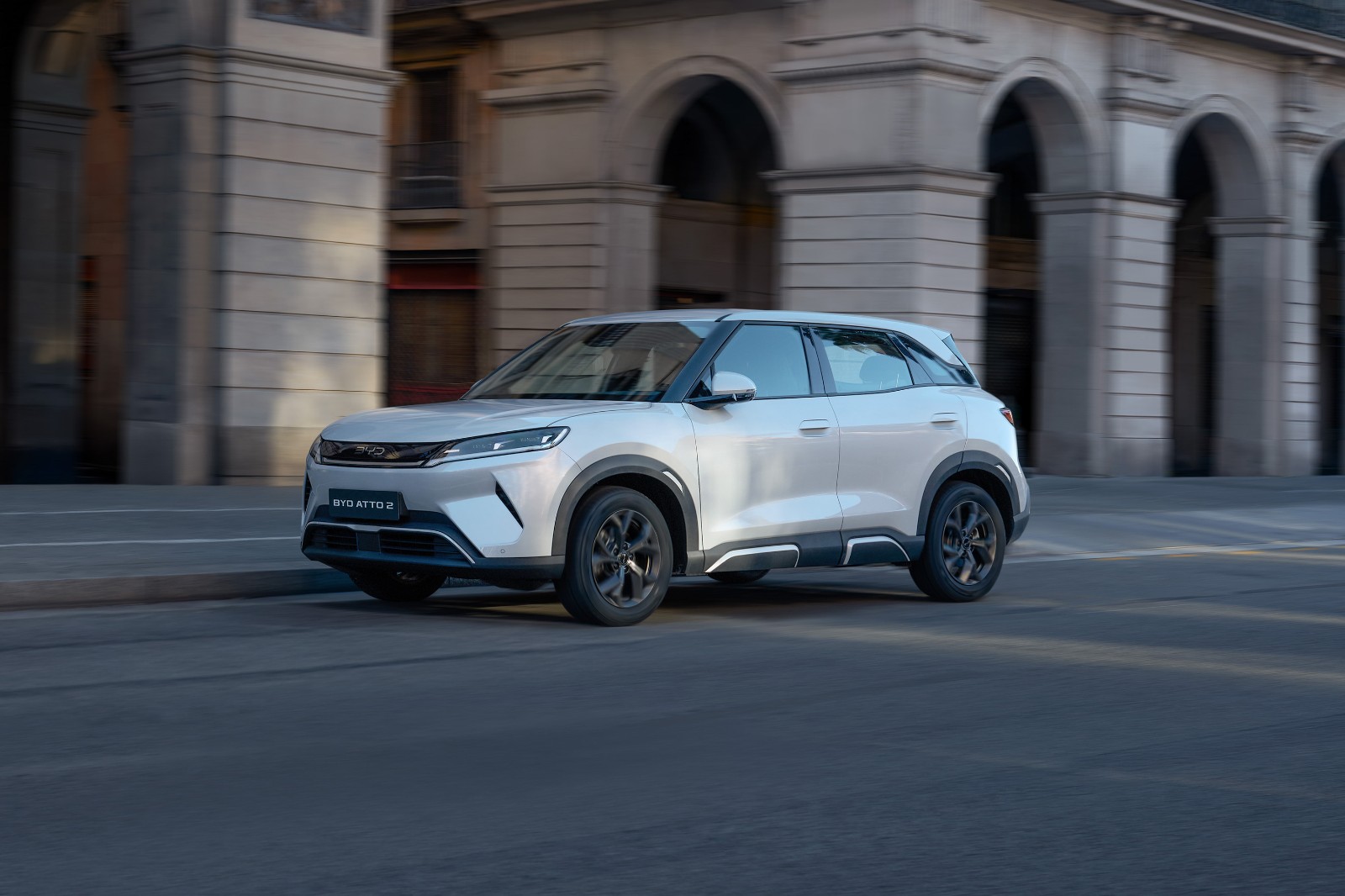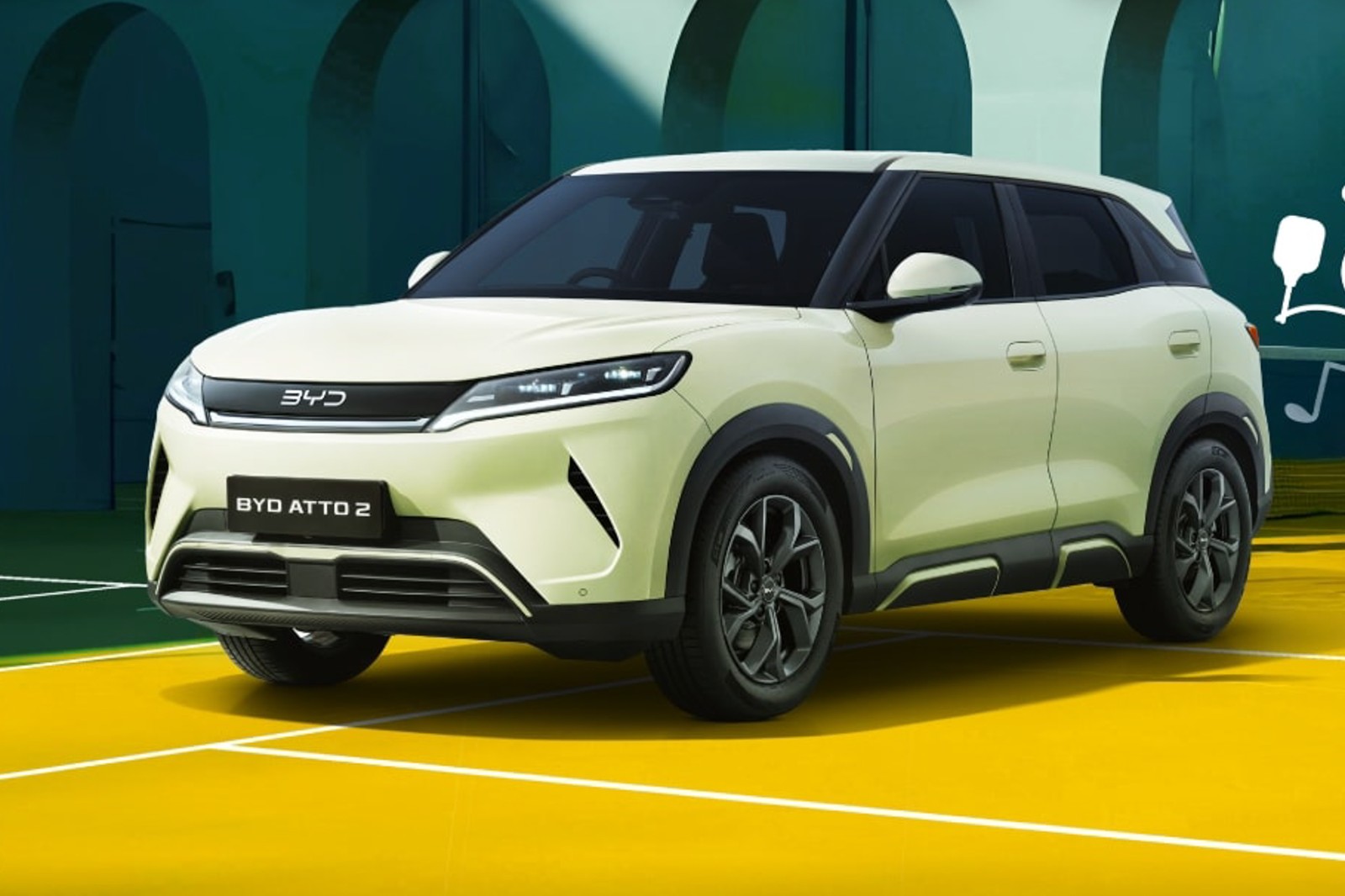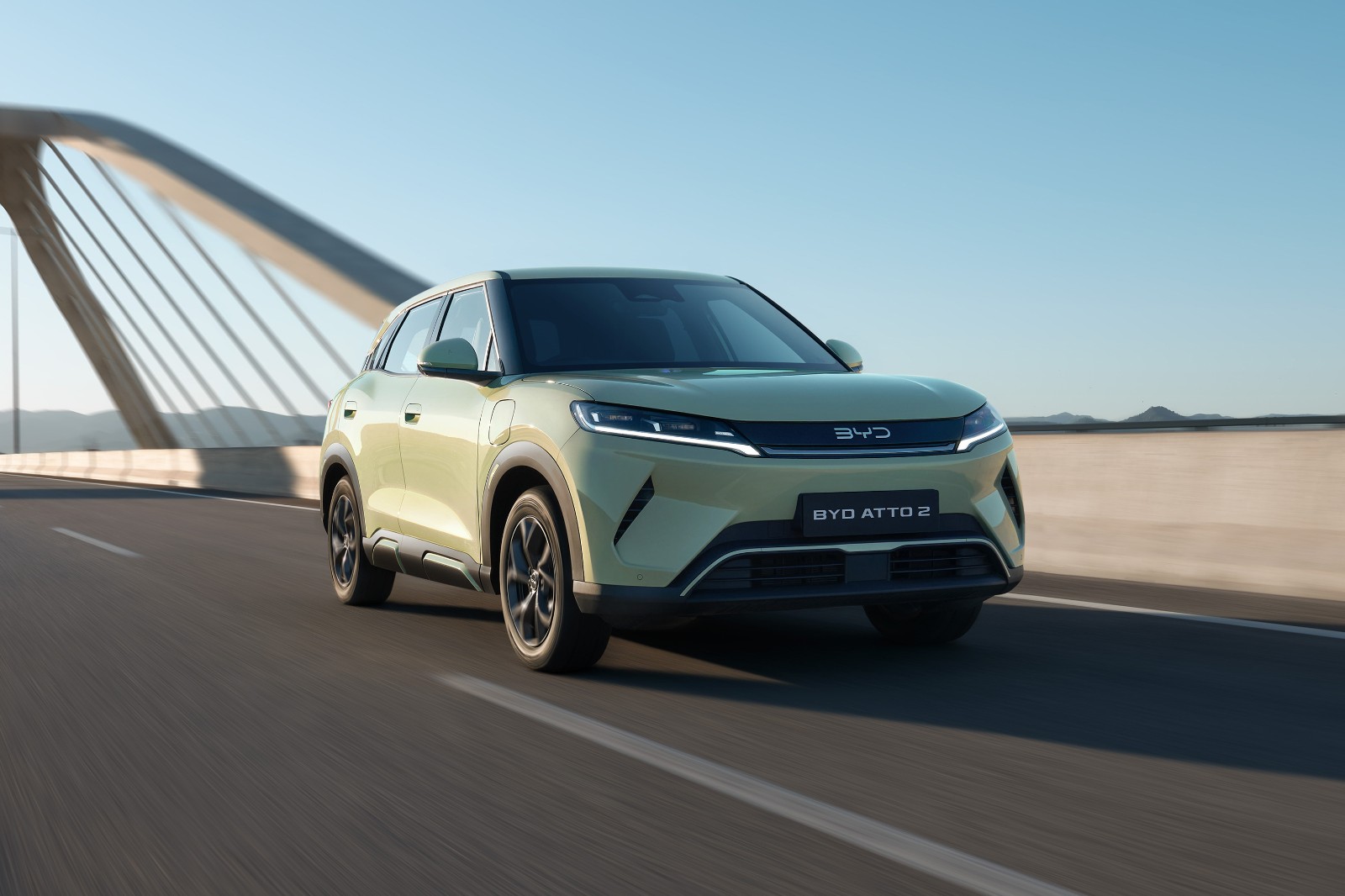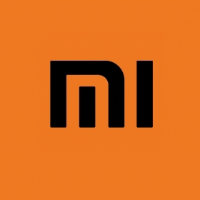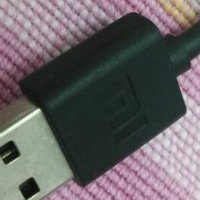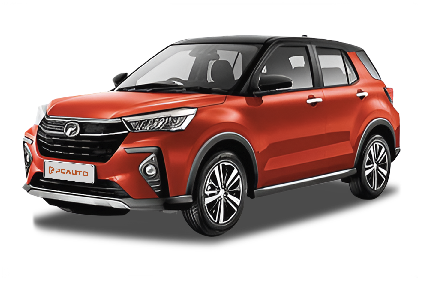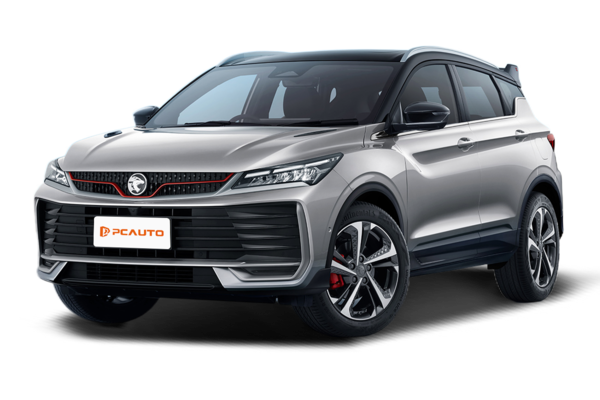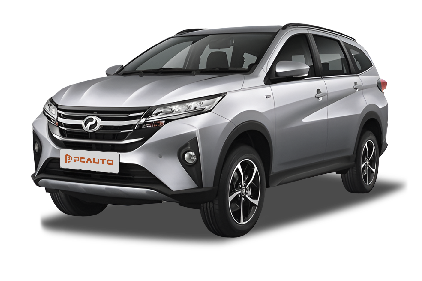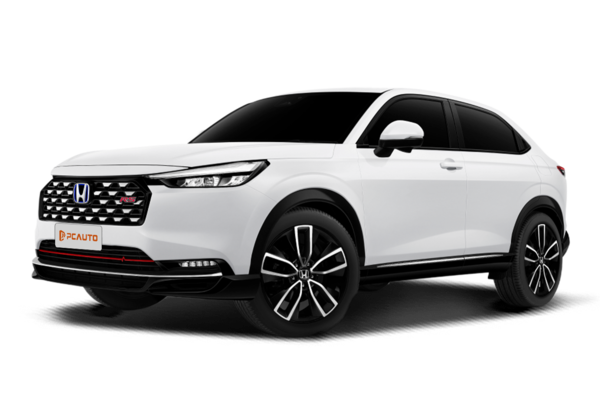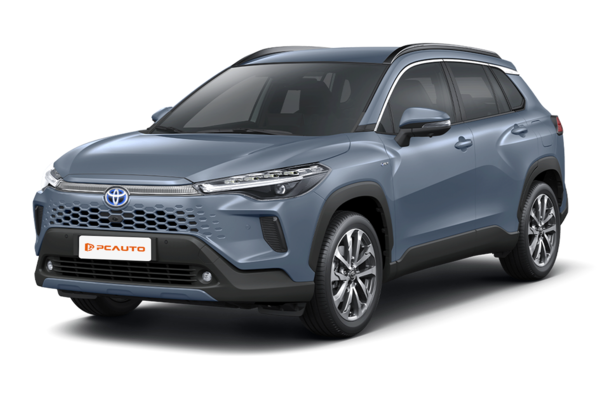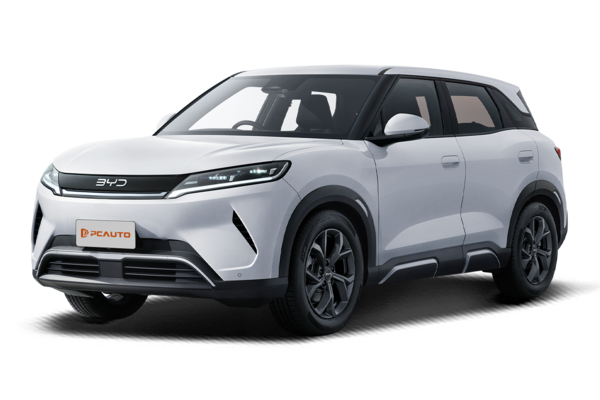Q
What is the most sold electric car in the world 2024?
As of 2024, the world's best-selling electric vehicle is the Tesla Model Y. This ride has won over consumers globally, thanks to its impressive range, cutting-edge autonomous driving tech, and that ever-expanding Supercharger network. It's been particularly killing it in North America, Europe, and Asia. For Malaysian buyers, the Model Y might just be a top contender too. Tesla's been steadily beefing up its presence in Southeast Asia, and that includes rolling out Superchargers in Malaysia. Sure, the local EV scene is still growing, but government support for new energy vehicles—think tax breaks and charging infrastructure pushes—is really helping to drive adoption.
But Tesla isn't the only player in town. Brands like BYD, Hyundai, and Nissan also hold significant chunks of the global EV market. Take the BYD Atto 3 (that's the Yuan PLUS) and Hyundai Ioniq 5, for example—they're gaining traction with their solid value for money and fresh, innovative designs.
For Malaysian consumers eyeing an EV, it pays to weigh factors like range, how easy it is to charge up, after-sales service, and local market support. With tech advancing and policies backing things up, the Malaysian EV market is only going to get more diverse in the years ahead.
Q
What is BYD ranked in the world in 2024?
BYD has solidified its position among the world's top automakers in 2024, with standout performance in the new energy vehicle sector. Industry data shows their sales have cracked the global top three, cementing their status as one of the most influential EV brands around. The secret to BYD's success? Their robust vertical integration – they develop everything in-house, from batteries and motors to electronic control systems. On top of that, they're aggressively expanding overseas, with Southeast Asia (Malaysia included) being a key strategic focus.
For Malaysian buyers, models like the Atto 3 are steadily gaining traction thanks to their strong value proposition and impressive range. Local assembly plans are only set to boost their competitiveness further. A big selling point? BYD's Blade Battery technology, which leads the industry in safety and energy density – a crucial advantage in Malaysia's hot climate.
As the global shift to electrification accelerates, BYD looks primed to grow its market share and roll out more innovative products. If you're a Malaysian considering an EV, make sure to weigh factors like charging infrastructure, warranty policies, and local after-sales support before making your decision.
Q
How much is the BYD Seal in 2024?
The 2024 BYD Seal comes in multiple variants with different price tags. Specifically, the BYD Seal Dynamic EV is priced at RM 163,800, the BYD Seal Premium (Extended Range) goes for RM 179,800, and the top-of-the-line BYD Seal Performance AWD hits RM 199,800. All these are pure electric D-segment sedans, boasting solid range and equipment levels. Let's talk dimensions: they stretch 4,800mm in length, 1,875mm in width, 1,460mm in height, with a 2,920mm wheelbase. There's seating for five, and a 400-liter trunk to boot. Performance-wise, the variants differ quite a bit. The Seal Performance AWD, for example, rockets from 0-100km/h in a claimed 3.8 seconds, while the Seal Dynamic EV does the same sprint in a stated 7.5 seconds. So, buyers can pick the one that best fits their needs.
Q
How many cars has BYD sold in China in 2024?
I haven't been able to track down specific, standalone figures for BYD's sales exclusively in China for 2024 just yet. However, what we do know is that BYD's global sales hit a whopping 4.27 million units last year, with overseas markets contributing 417,204 units. Doing a little back-of-the-envelope math, that roughly puts their China sales at around 3.8528 million units (4.27 million -41.7204 million=3.852796 million).
2024 was an absolutely stellar year for BYD. They didn't just dominate the sales charts in China; they also clinched the title of the world's top-selling new energy vehicle manufacturer. A big part of their success comes down to their multi-brand strategy – think "BYD," "Fang Cheng Bao," "Denza," and "Yangwang" – each catering to different market segments and needs. On top of that, continuous technological innovation, like their "e-platform 3.0 Evo" and "5th Generation DM Technology," has been a major driver propelling those sales numbers ever higher.
Q
What is the best-selling EV in China 2024?
The best-selling electric vehicle in China's market for 2024 is the BYD Song PLUS EV. This model has won widespread favor among consumers thanks to its impressive range, spacious interior, and BYD's accumulated technological expertise in the EV sector. As a leader in China's EV market, BYD boasts a product lineup spanning from entry-level to high-end models, catering to the diverse needs of different consumers. The success of the Song PLUS EV also reflects Chinese consumers' preference for family-friendly electric SUVs.
For Malaysian consumers, while BYD might not enjoy the same level of brand recognition as Japanese or German marques in the local market, the technological prowess and cost-effectiveness advantages of Chinese brands like BYD are becoming increasingly evident as EVs gain global traction. It's plausible that they could carve out a significant presence in Malaysia in the years to come.
The development of electric vehicles doesn't solely rely on the performance of the cars themselves; the improvement of charging infrastructure is also a crucial factor driving their widespread adoption. The Malaysian government has been actively pushing for the implementation of EV-related policies in recent years, including the construction of charging stations and vehicle purchase subsidies. These initiatives will create favorable conditions for the promotion of electric vehicles in Malaysia.
Q
What is the lifespan of the battery in the BYD Atto 3?
The BYD Atto 3's battery lifespan typically sits around 8 to 10 years, though this can vary depending on your driving habits and charging routines. Under the hood (or rather, under the floor), it's packing BYD's in-house developed Blade Battery, a lithium iron phosphate (LFP) unit that's big on safety and long-term durability. Official specs tell us this battery can handle around 3,000 full charge-discharge cycles. Doing some quick math on daily usage, that translates to over 300,000 kilometers driven while still retaining more than 80% of its original capacity.
Now, for our friends in Malaysia, that hot climate might nudge the battery life a tiny bit, but the Blade Battery's thermal management system does a solid job of keeping temperatures in check. A pro tip? Try to avoid super frequent fast charging and leaving the battery sitting at 100% for ages – that'll help stretch its life even further. Let's not forget, battery longevity also ties in closely with regular maintenance. Keeping an eye on the battery's health status and sticking to the manufacturer's service recommendations are key moves.
Here's a reassuring thought: these days, the actual usable life of most EV batteries often outlasts how long owners typically keep their cars. Plus, BYD backs the Atto 3 with an impressive 8-year or 150,000-kilometer battery warranty, which covers the bulk of your ownership journey. So, Malaysian drivers, there's really no need to lose sleep over battery life with this one.
Q
Can you put roof racks on a BYD Atto 3?
Yep, the BYD Atto 3 can definitely handle a roof rack, but you’ll want to stick with accessories specifically designed for this model to make sure everything fits right and stays safe. The Atto 3’s roof comes with pre-installed mounting points, which makes adding crossbars or a roof box a breeze—perfect for hauling bikes, surfboards, or extra luggage when you need the space.
In Malaysia, you can find both genuine BYD roof rack setups and third-party options that are certified, either at auto accessory shops or BYD’s authorized dealers. My tip? Go for products that have passed safety tests. You don’t want to risk damaging the roof structure by skimping here.
When you’re installing, keep an eye on the weight limits. The Atto 3’s dynamic roof load (that’s when you’re driving) is usually around 50-75kg, and the static load (when parked) is higher, but check your owner’s manual for the exact numbers—don’t guess on that.
Also, remember that a roof rack adds wind resistance, which can hit your EV’s range, especially at higher speeds. It’s probably best for shorter trips. And make a habit of checking the bolts now and then to keep everything tight.
For folks in Malaysia, our hot and humid weather can speed up rust on metal parts, so either pick roof racks made with rust-resistant materials or give them regular maintenance to keep them going longer. If you’re loading stuff often, you might also think about a rear-mounted bike rack or a tow hitch as alternatives—just make sure whatever you choose plays by local traffic rules.
Q
How many kilometers is Atto 3 full charge?
The BYD Atto 3, as a pure electric SUV, offers an official range of approximately 480 kilometers on a full charge under the WLTP standard. Now, real-world driving range can vary a bit depending on things like your driving style, road conditions, and how much you use the air conditioning – totally normal, right? But overall, it's more than capable of handling Malaysian drivers' daily commutes and those quick weekend getaways.
Given Malaysia's warm weather, a quick tip: using the AC sensibly and keeping a steady driving pace can really help optimize that range. And let's talk about peace of mind – the Atto 3's Blade Battery technology is a standout here, offering solid safety and stability, which is perfect for our local climate with its frequent rain and high temperatures.
For EV owners, staying on top of battery health checks and planning routes with public charging stations in mind will definitely make your driving experience smoother. Plus, the Atto 3 supports fast charging – you can go from 30% to 80% in around 30 minutes, which means way less time twiddling your thumbs at the charger.
The Malaysian government is really pushing for EV adoption these days, with more charging infrastructure popping up and some nice tax incentives. So, picking a high-value option like the Atto 3 isn't just about enjoying emission-free driving; it's also a smart move to align with the country's growing focus on greener mobility.
Q
Can BYD ATTO 3 self drive?
The BYD ATTO 3, as a pure electric SUV, doesn't come with full self-driving capabilities just yet, but it does pack a pretty advanced Advanced Driver Assistance System (ADAS). This setup delivers a taste of automated driving with features like Adaptive Cruise Control (ACC), Lane Keeping Assist (LKA), and Automatic Emergency Braking (AEB). These tech tools are real lifesavers on highways or in stop-and-go traffic, taking some of the strain off the driver – though it’s crucial to stay alert and ready to take over at any moment.
For Malaysian drivers, the ATTO 3’s smart features should be more than enough for daily commuting needs. That’s especially true in busy urban spots like Kuala Lumpur, where these driver-assist functions can really step up both safety and convenience behind the wheel. It’s worth keeping in mind, though, that while self-driving tech is evolving fast, most cars on the market right now are still at Level 2 assisted driving. Full autonomy (L4 or L5) is still not mainstream. So, while it’s great to enjoy the perks of this tech, it’s just as important to understand the limits of what these systems can do to keep everyone safe on the road.
Beyond its tech, the BYD ATTO 3 also stands out in Malaysia with its solid driving range and local service support. All these factors combined make it a strong contender for anyone looking to jump into the electric vehicle game.
Q
How much does it cost to charge a BYD ATTO 3 at home?
In Malaysia, the cost to charge your BYD ATTO 3 at home really comes down to your electricity rate and the battery size. The ATTO 3 packs around a 60.48kWh battery, right? So if you’re on TNB’s residential tariff, averaging about RM0.30 per kWh, a full charge would set you back roughly RM18.14. Of course, the actual cost might wiggle a bit depending on the time of day you charge or those tiered pricing structures they have.
One thing to note: home charging usually means plugging into an AC slow charger (around 7kW), which takes about 8-10 hours to top up the battery. That’s why most folks find it easiest to charge overnight—perfect for taking advantage of off-peak rates if you can get ’em. Compare that to public DC fast chargers, which can blast you up to 80% in 40 minutes, but man, those things cost 2-3 times more than charging at home. Ouch.
Here’s a pro tip for Malaysian owners: hit up TNB about their EV-specific tariff plans, like the EV Tariff. These often hook you up with sweet discounts for nighttime charging, which can knock down your running costs even more. Now, installing a home charger isn’t free—you’re looking at an initial outlay of around RM2,000 to RM4,000 for installation. But here’s the kicker: over time, you’ll save roughly 60% on energy costs compared to a gas-powered car. Plus, the Malaysian government is throwing in incentives like tax breaks for EV charging gear, so it’s worth chatting with a certified installer to see what deals you can score. Trust me, the long-term savings make that upfront cost totally worth it.
